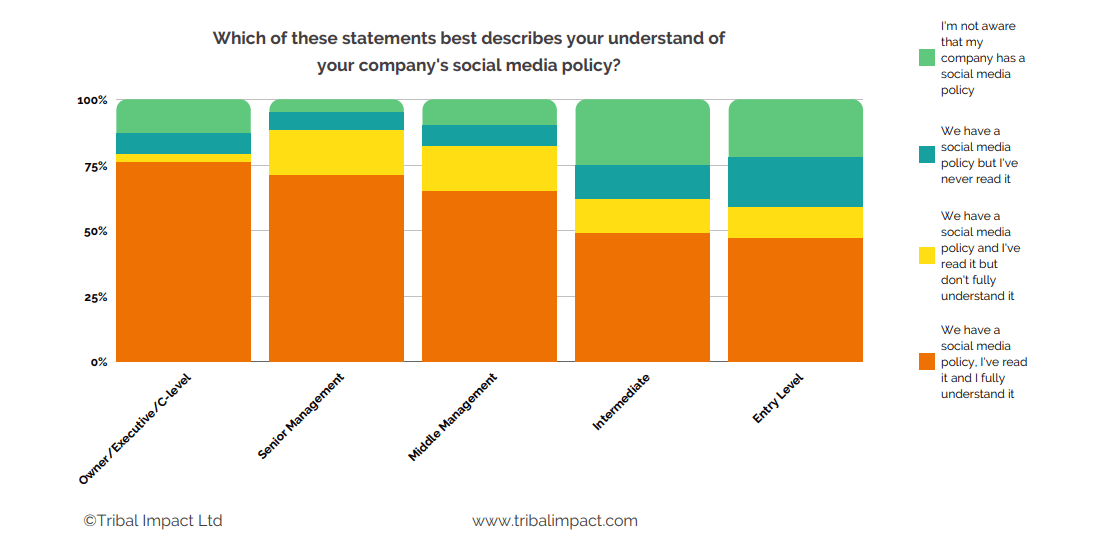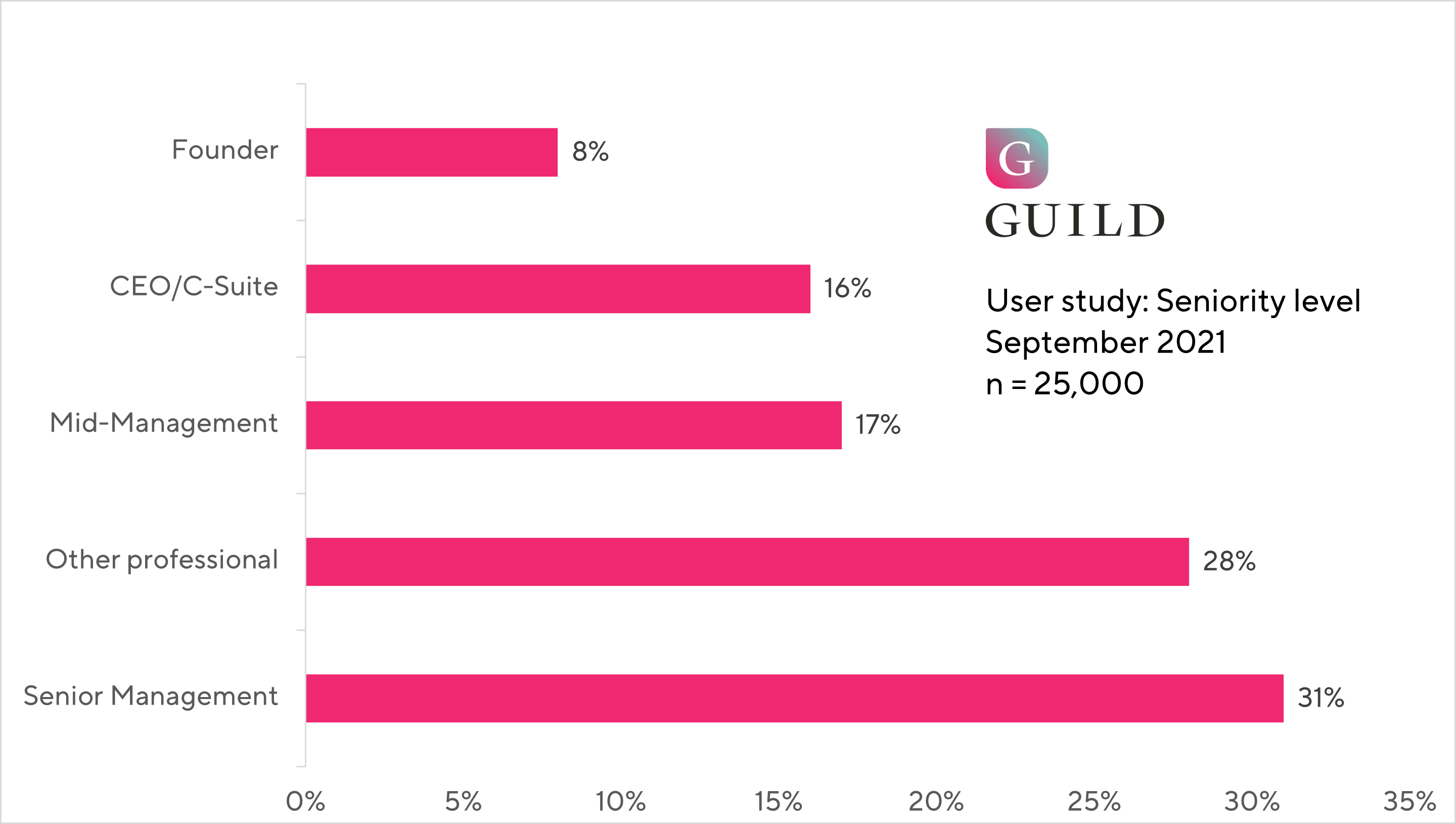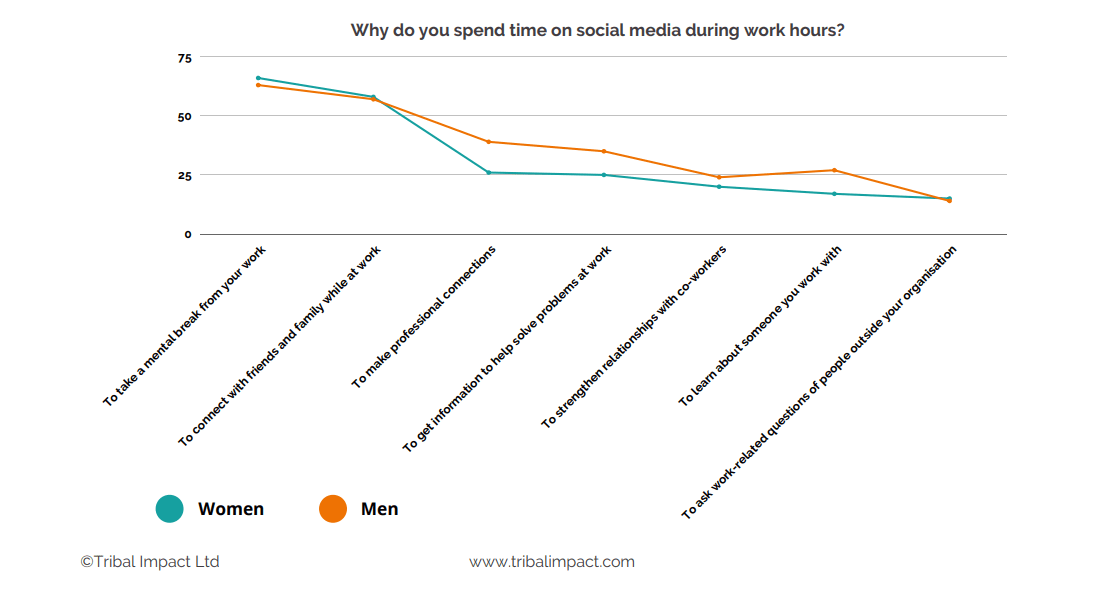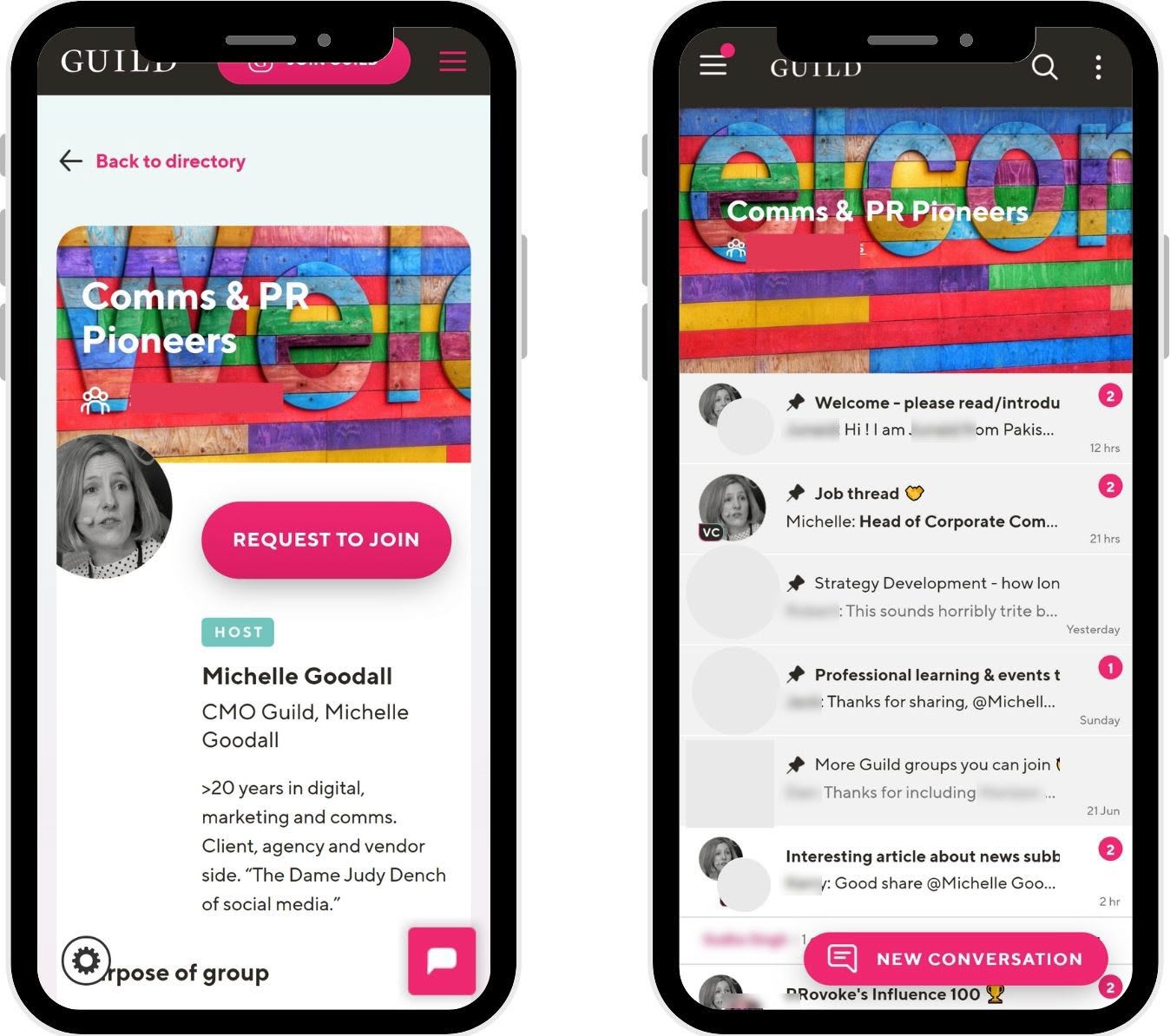Ever heard the term ‘employee advocacy’?
It’s been a trending topic for some time, but has gained traction over recent months, especially now that employees are digitally connected more than ever before.
In our recent Employee Social Media Risk Report 2021, we found that over 80% of employees are on social media every day and yet 42% of those in the 18-34 age bracket have read and not understood, never read or aren’t even aware of a social media policy.

First, employee advocacy isn’t new.
Essentially, it involves your employees advocating on behalf of your brand - a voluntary endorsement that creates positive brand sentiment. Well, that’s the theory anyway.
Social media is a big part of employee advocacy, but it’s a much broader phenomenon.
Your employees might post about your organisation on Twitter or LinkedIn, but they also represent your brand in-person with family and friends, in online communities, at work events and in their own professional networks.
Why do so many business and brands get employee advocacy wrong?
The reality is that many brands get it wrong for several reasons:
- Managers build ‘advocacy’ into employee KPIs and performance metrics (specifically sales employees)
- Advocacy program administrators assume employees only want to share content relating to their employer
- Organisations provide little or no training around social media or online networks and communities, leaving employees to experiment and learn as they go
- Brands assume all social media conversations begin and end on LinkedIn – not true! Communities are key to creating conversations and senior decision makers are often found communicating and networking in smaller, private communities


People and process before technology
We know that B2B buying processes are more complex than ever, but employee advocacy has layers of complexity that need to be understood before rushing out to buy licenses for a software tool/app.
Every employee is different. They will have different roles, expectations and motivations within the company. They’ll also be starting from different places with regards their maturity/comfort levels on social media, networks and communities.
Add culture into the mix and suddenly it becomes apparent - a one-size-fits-all approach won’t work.
You need to cater for junior colleagues and give them guardrails, but also make sure that your senior team members know what works.
Like all change management programs, it takes a combination of people, technology and processes to succeed. When you align these three key aspects, you’ll strike gold.
Employee advocacy and your people
Define internal personas
Each employee will have a different reason for using social media, taking part in online communities or professional networks, or attending professional events.
For example, a salesperson will want to deepen relationships with customers, while your Head of Comms and Chief Marketing Officer will want to meet new stakeholders and make new connections that could help raise the profile of your brand.
Identify your champions
Every organisation will have digital engagement and social media champions - these influencers will already be active. Engage them early to help others see what best practice looks like.
Shine a spotlight on best practice
Nothing will motivate employees more than seeing their peers achieving success. Build recognition and reward into your program.
Employee advocacy and your technology
Implement a program – not just a tool
There are many ‘employee advocacy’ tools that make it easy for employees to share content but it’s bigger than that. Invest in enablement.
Tool selection
Be sure to fully understand what you can and can’t do within a tool. Some are better with reporting/analytics whilst others have more flexibility around publishing newsletters.
Integration & reporting
Consider a wider social media landscape. If using Hootsuite, Sprinklr or Sprout Social for social media publishing and monitoring, consolidating your platforms might be a consideration.
Not every digital engagement opportunity will fit within a tool - how your employees represent your brand at events and in private, professional communities is harder to quantify but can be even more valuable. Build some flexibility in to your reporting to allow for innovation and employee initiative.
Employee advocacy and your processes
Onboarding process
First consider how employees will engage with the program and their experience through the onboarding process. Consider some level of policy/risk training.
Enablement and growth
Once onboarded, employees will need enablement around best practice sharing, profile optimisation tips and content creation support. Learning paths are essential.

Crisis management
It’s essential to consider and plan for an unexpected crisis. Employees make mistakes. Set up social listening to identify these mistakes before they escalate and have processes in place for managing them.
Remember that in some social media platforms and private professional communities, you won’t be able to automate brand monitoring, so ensure you have processes that take this into consideration.
Employee advocacy - an opportunity for your brand, your employees and your leadership
Employee Advocacy programs, when implemented correctly, have the potential to create a huge amount of value for brands and employees alike.
Encouraging employees to be active on social media is the first step towards community participation. Having the confidence to engage with others online (without having met them first) takes confidence and experience. Those organisations that have an internal social media network (ESN) already in place find this a good place to begin their journey.
Remember your organisation’s leadership advocacy will set an example for colleagues.
Ultimately, Employee Advocacy takes time – a change management process that’s full of complexity and layers that need to be understood and addressed individually. The trouble isn’t often the tool itself – it’s in the execution of the program.
About the author

Sarah Goodall leads the tribe at Tribal Impact, where they help B2B brands activate their employees on social media. She passionately believes in the power of employee voice, enabling employees to connect, tell stories and build relationships over social media.
You can connect with Sarah on Guild, LinkedIn, Twitter and Instagram
More about increasing employee advocacy:
How building trust in your company helps employees and customers as well as your bottom line
How to effectively use messaging in the workplace
Why the future of professional services will be powered by community
How to build the perfect profile on Guild
Expand your employee advocacy with Guild 🤝
See for yourself how the Guild experience is different to WhatsApp, Slack, LinkedIn or Facebook Groups. Guild is a safe space to connect, communicate and collaborate with others.
Join us on a platform that is purpose-built for professionals and businesses.
- Just want to join some groups? Simply join Guild and then look through the discoverable groups and communities to find relevant ones to join
- Thinking of running your own community? With an elegant and simple to use, mobile-first UX you’ve got everything you need to start a community - custom branding, analytics, group and user management and support. Get started with your own community here with our free and enterprise options
Contact us if you want to know more or have any questions.